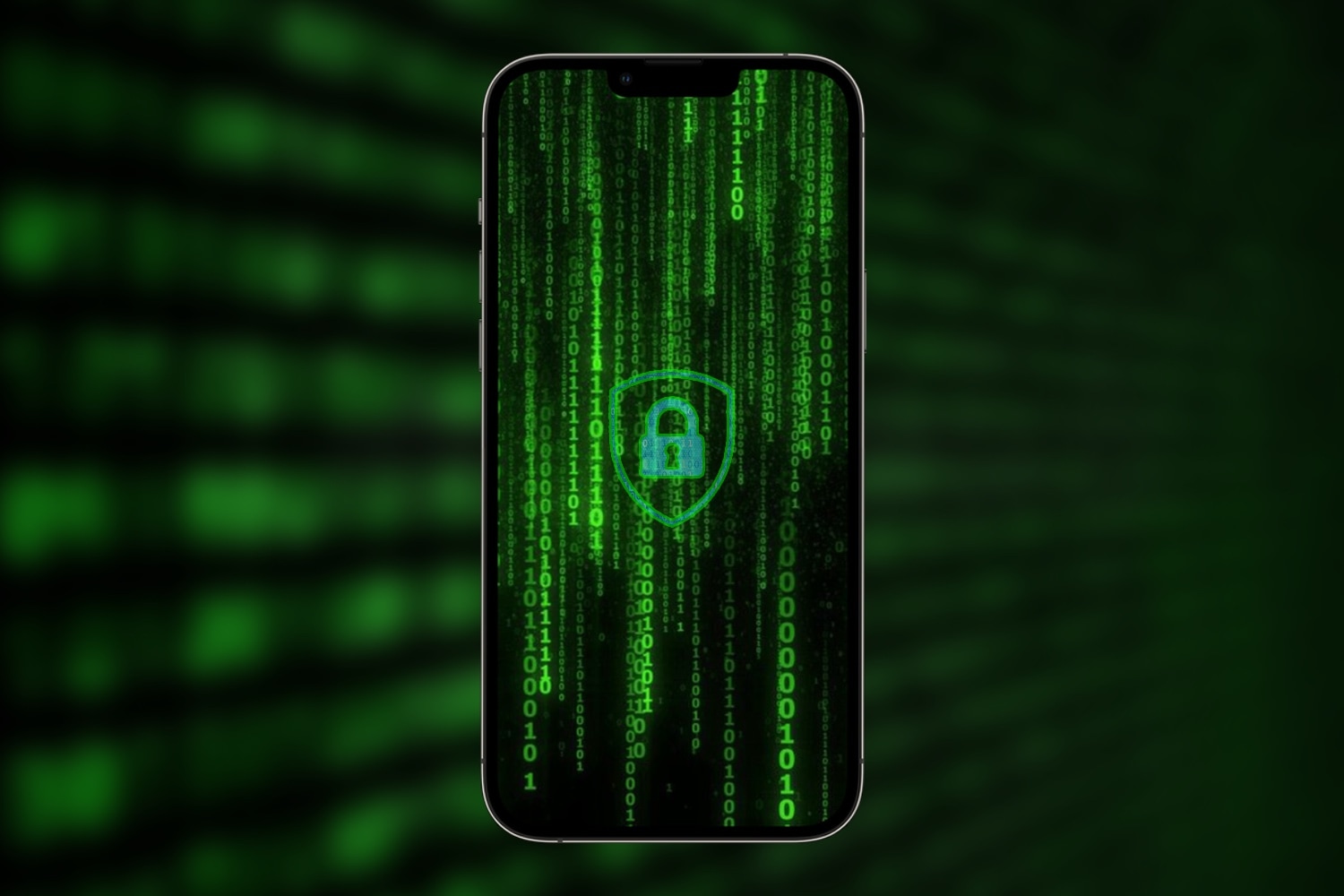Steve Jobs is apparently pushing hard to make the next generation iPods capable of this type of wireless sync, according to Cult of Mac‘s sources. iPods with wireless sync would make the USB cable obsolete. Instead of importing music, movies and apps through Apple’s iconic 30-pin connector, it would automatically sync whenever a user was connected to his or her Wi-Fi network.
There are more than a few problems standing in Apple’s way, though. Big questions still loom about the reliability and signal strength of wireless syncing, and apparently it can be a drain on battery life. To address those issues, the world’s most valuable tech company has been allegedly testing iPods with carbon fiber cases, rather than the aluminum used in most of the company’s iPods.
Adding fuel to the fire, Apple has also recently hired Kevin Kenney, a senior composites engineer with expertise in carbon fiber. Apparently he has worked with Apple in the past and has even been named in some of Apple’s patents.
One caveat to the carbon fiber rumors, though: the stuff is conductive and presents its own set of problems to transmitting wireless signals. Of course, nobody really knows what type of designs Apple may or may not be testing with the next-generation iPod, because nobody knows what Apple has up its sleeve.
AirPlay and the War Against Wires
It’s no secret that Apple wants to decrease its reliance on wires, especially as it tries to shape a post-PC world. You can bet Steve Jobs doesn’t like that the iPhone and iPad still have to plug into a Mac or PC to function.
To create its world without wires, Apple has been working hard on improving the performance of AirPlay, a feature that lets users stream their music to different stereo systems. The AirPort Express and the new Apple TV both serve as hubs for streaming iTunes to multiple stereos. Apple’s “Remote†app turns the iPhone or iPod touch into a remote control for music streaming.
AirPlay is impressive technology, especially if someone takes the time to really set it up properly. I have a group of friends that have wired their four-story home so that they can control any stereo in the house with their iPhones. It’s simply the future.
While we question some of aspects of Cult of Mac‘s report (carbon fiber is a lot more expensive than aluminum), we definitely believe Apple is working on a wireless sync solution for iTunes and iOS. Wi-Fi Sync could even make its debut in June, when Apple is set to reveal the future of iOS and Mac OS at WWDC.
In any case, we think Wi-Fi Sync is a feature that will come sooner rather than later. And it won’t be the end; Apple will keep on finding ways to make its devices more mobile and less reliant on wires or cords. It’s also important to note that some of its competitors (Microsoft and HP’s webOS in particular) have developed some innovative forms of wireless sync already.
A World Without Wires
Our society is slowly disconnecting from the countless wires that have tied us down for years. The increasing popularity of laptops and the rise of smartphones have made mobile computing easy and efficient. Wi-Fi and Bluetooth have made it possible for us to surf the web and answer our phones from almost anywhere. We can even charge our devices via wireless.
We’re still a long ways off from a world without wires, though. At the end of the day, we still have to plug our laptops and tablets into the wall. We still need cords to power our microwaves and our TVs. We have cords for our USB devices, our headphones and even our Wi-Fi routers. Wires run through our homes and under our streets to power our way of life.
Our society is addicted to wires, and it’s a problem that Apple, Microsoft and others clearly want to solve. It starts with AirPlay and wireless syncing, but until someone can solve the power problem, our reliance on cords plugged into electrical outlets will continue.
New technology is on its way, though. Inductive charging (the technology that makes products like the Powermat possible) is slowly making its way into more homes, and there have been recent advances in resonant inductive coupling, a technology that utilizes oscillating magnetic fields to transfer electricity without a cord.
Don’t be surprised if your future Macbook Air doesn’t come with a power cord. It’s going to happen.
Via: mashable.com
Imp0rtant 0n Redsn0w:





